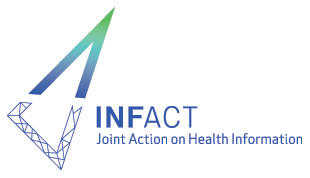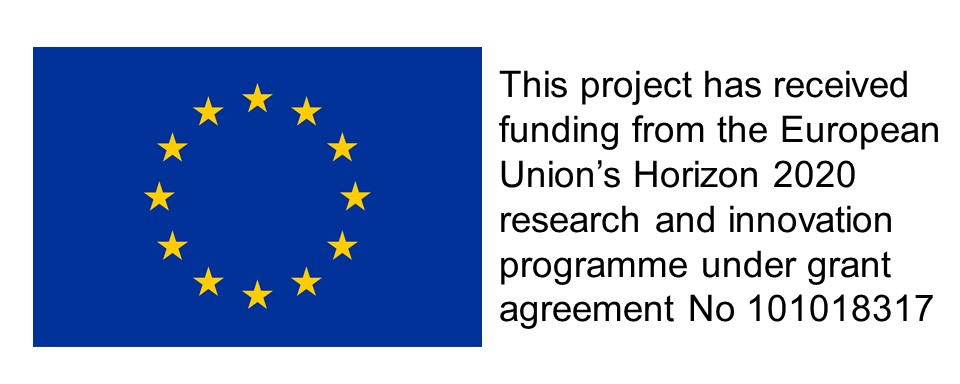Legal framework and institutional responsibilities
The Centre for Disease Prevention and Control (hereinafter - the Centre) is an institution of direct administration under subordination of the Minister for Health. (Republic of Latvia, Cabinet Regulation No. 241, Adopted 3 April 2012, “By-laws of the Centre for Disease Prevention and Control” https://likumi.lv/ta/en/en/id/246288-by-laws-of-the-centre-for-disease-prevention-and-control).
The purpose of the operation of the Centre is to implement the public health policy in the State in sub-areas of epidemiological safety and disease prevention and the health care policy in the sub-area of health care quality, as well as to ensure the implementation and coordination of the health promotion policy.
The Centre shall have the following functions:
- to develop proposals based on scientific evidence and corresponding to the best international practice for health care and public health policy-making, and to submit proposals regarding the priorities of such policy;
- to carry out surveillance of noncommunicable diseases, to organise disease prevention and health promotion activities, as well as to assess the factors which may affect public health;
- to carry out epidemiological surveillance, monitoring, and intelligence of infectious diseases;
- to organise measures for the prevention and restriction of the spread of infectious diseases, including measures in population groups which are at an increased risk of infection or belong to special risk groups;
- to coordinate and supervise enforcement of the policy planning documents in the sub-area of epidemiological safety;
- to acquire, compile, process, and analyse statistical information regarding public health and health care;
- to perform monitoring of public health;
- to ensure methodological support to medical treatment institutions in medical treatment quality and patient safety issues;
- to develop and maintain the range of performance results and indicators of health care for the analysis of operation and results of medical treatment institutions;
- to provide informative support to public administration institutions for the implementation of physical health care of the population;
- to draw up a list of clinical guidelines to be developed, to assess the clinical guidelines, and to ensure methodological management of their implementation.
Health Information system is centralised and based on Statistics Law https://likumi.lv/ta/id/274749-statistikas-likums, Regulations on the Official Statistics Program 2021–2023 https://likumi.lv/ta/id/319176-noteikumi-par-oficialas-statistikas-programmu-20212023-gadam, Rules on model official statistical forms in the field of health care (Republic of Latvia, Cabinet Regulation No. 720, Adopted 27 November 2018 https://likumi.lv/ta/id/303520-noteikumi-par-oficialas-statistikas-veidlapu-paraugiem-veselibas-aprupes-joma).
Health information strategy
There is no national health information strategy, however, to support greater care coordination, Latvia has begun to strengthen its health information infrastructure in recent years with the introduction of an eHealth system and eHealth portal started in 2016. The availability and use of health information should increase further in the years ahead. The introduction of the eHealth system is expected to increase the quality of health care as well as system efficiency.
Since 2010, a system has been implemented that allows patients to obtain information via the internet about all NHS-paid health services that they received.




